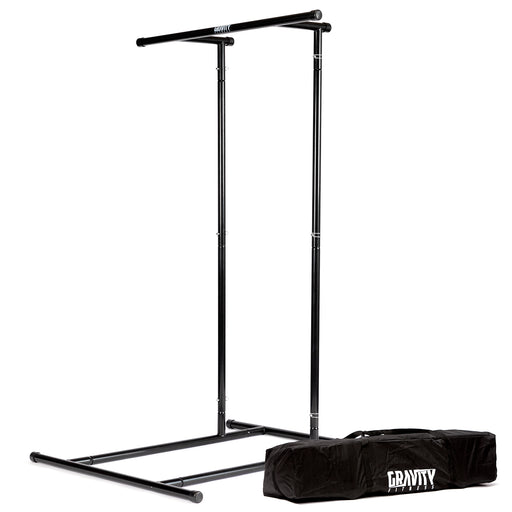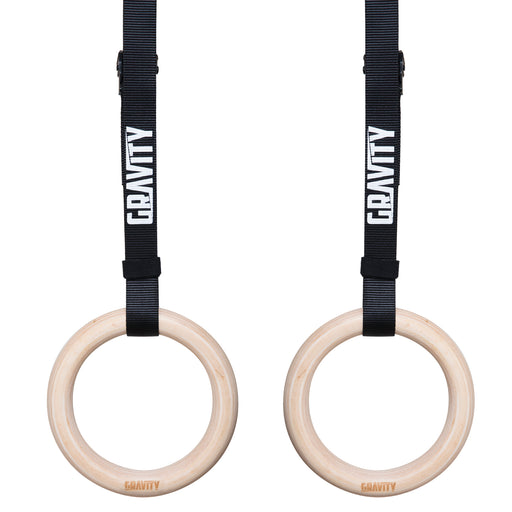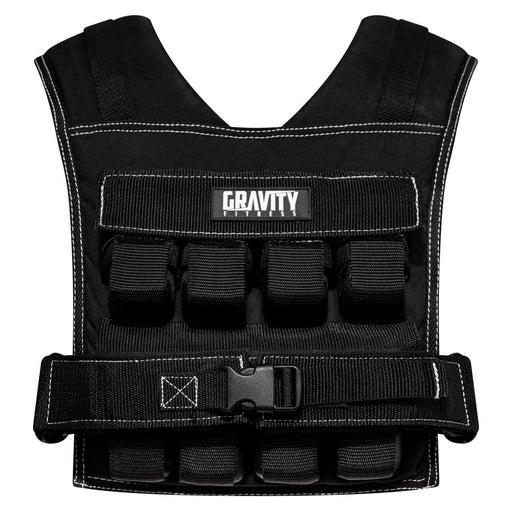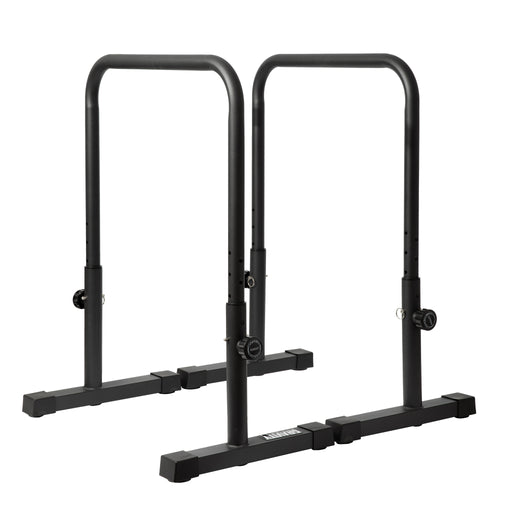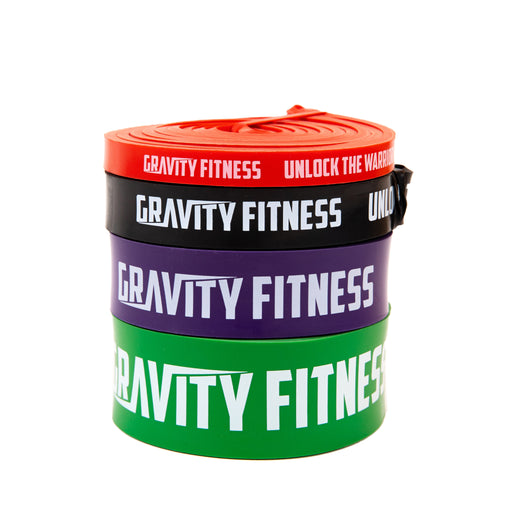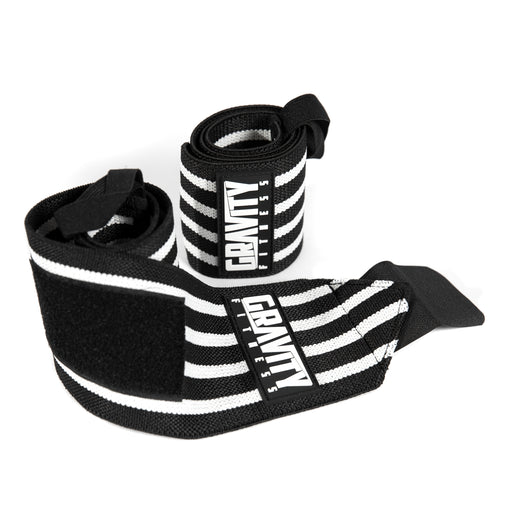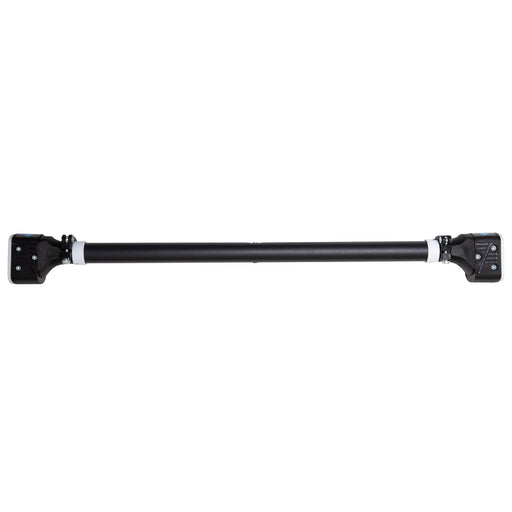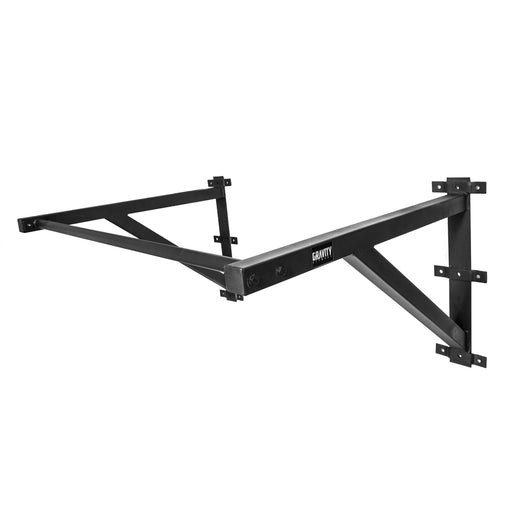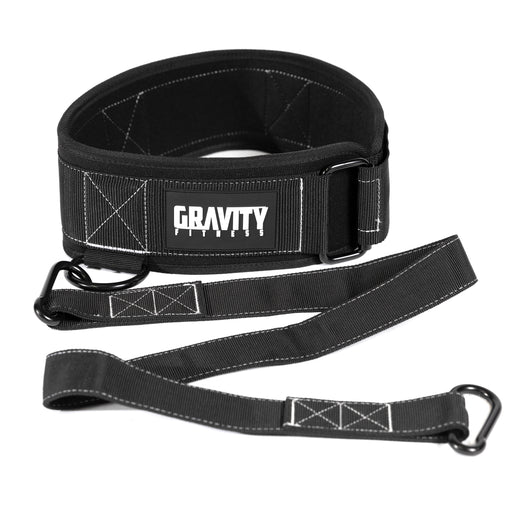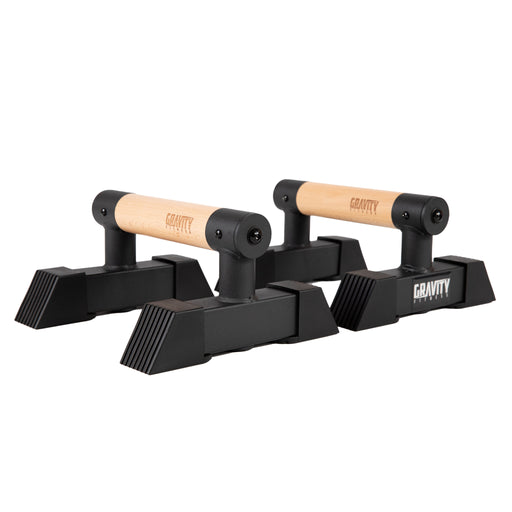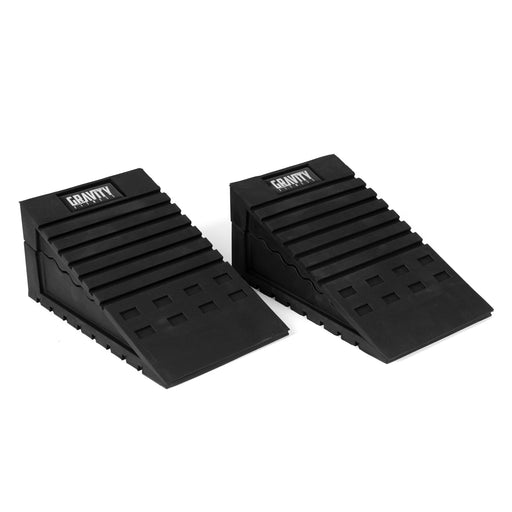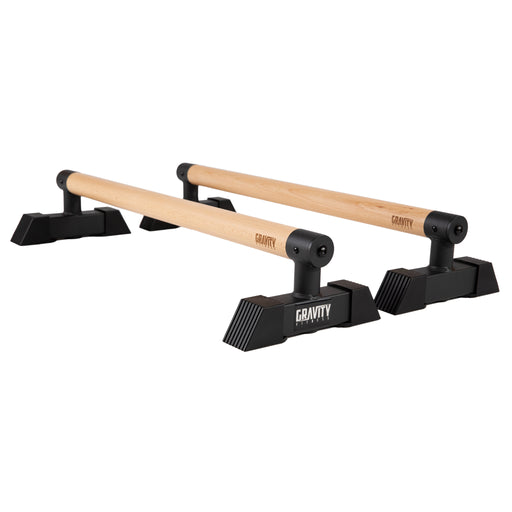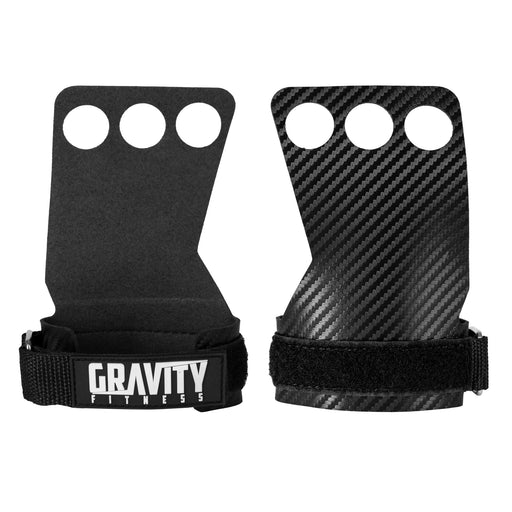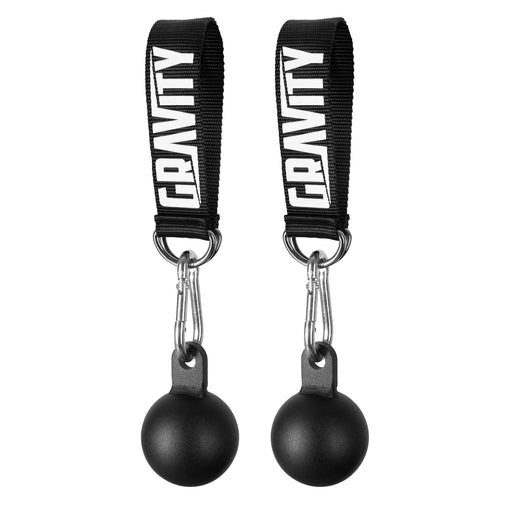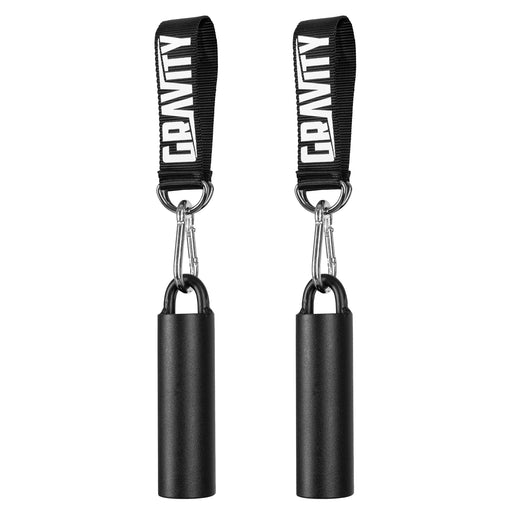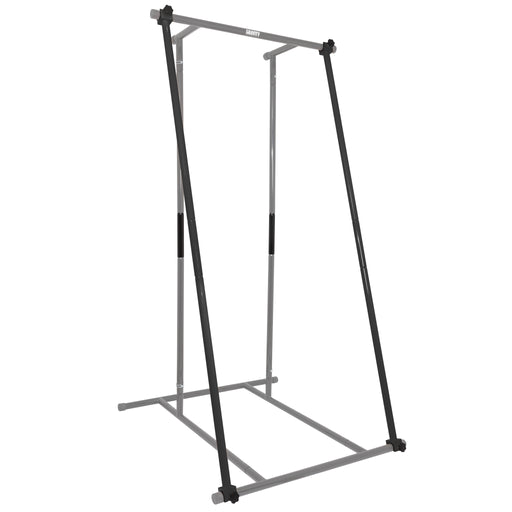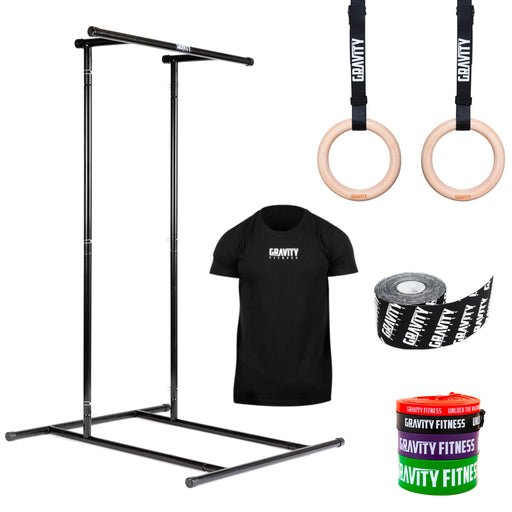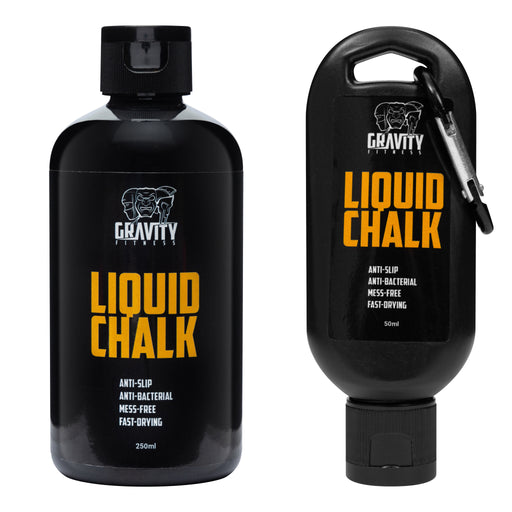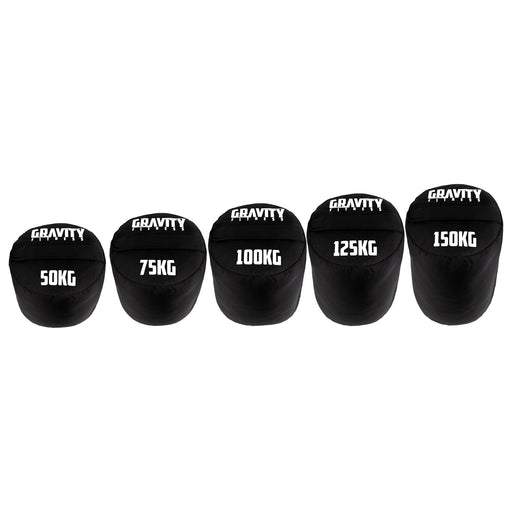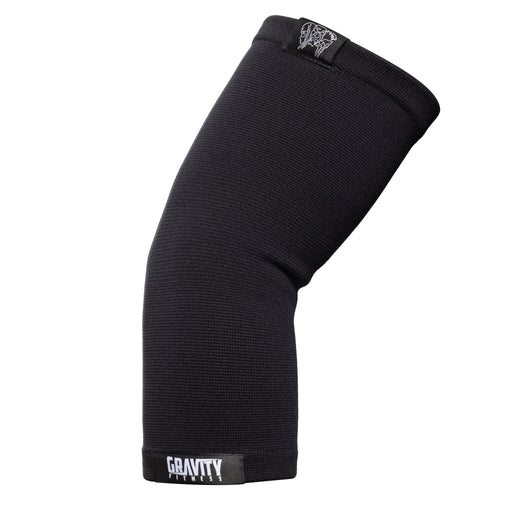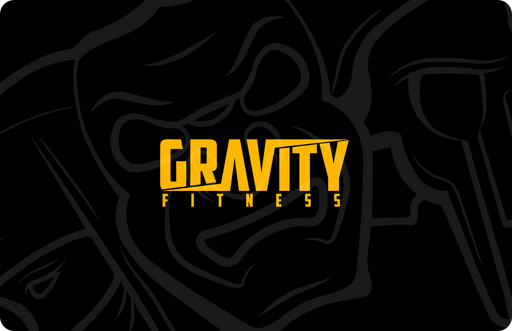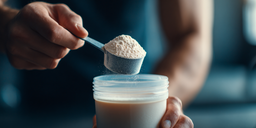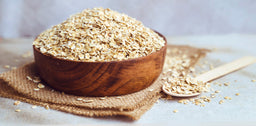
5 NUTRITION LESSONS FROM CALISTHETICS EXPERTS
Discover whether there’s an optimal way of eating for calisthenics training.
Calisthenics has existed since mankind first stood upright and walked on two feet. It’s one of the purest, most basic forms of strength training. And it will help you develop a lithe, agile, athletic body. But what kind of nutrition protocols are best suited to advanced bodyweight training and a body honed by calisthenics?
Eating For Calisthenics
Everyone experiences calisthenics differently. For some, it’s an athletic style of training to support another sport. For others, it’s a meditative practice to fuse mind, body, and soul. But I think we can all agree that the ideal physique for advanced body weight training is athletic, agile, mobile, and light (whatever that means for you!) So eating for calisthenics needs to support your energy levels whilst not weighing you down.
You might choose to do calisthenics training fasted or with very little in your stomach, but be sure to focus on post-workout nutrition (as with any sport).
Eating after your calisthetics sessions will refill glycogen stores, offset protein breakdown, and increase muscle/protein synthesis – helping you recover and maintain a stronger physique.
5 NUTRITION GUIDELINES FOR CALISTHENICS BODIES
#1 Keep it natural
This should be a no-brainer for all kinds of training, but it seems particularly important for advanced bodyweight training where you body and mind need to work as a unit. Calories might be King for fat loss, but food quality matters if you want to feel great and perform well. Get into the habit of reading food labels, cooking more food from scratch, and eating single-ingredient foods. As the Read the labels on everything you plan to buy. Go for foods that contain as few ingredients as possible (I personally shoot for five or less). As the godfather of fitness, Jack LaLanne, said: “If man makes it, don’t eat it”.
#2 Plant based principles
You might not want to be completely vegan, but shifting your diet towards plant-based eating can be great for your body. More vegetables, legumes, beans, pulses, fruit, berries, and leafy greens will pack your daily diet with fibre, vitamins, and micronutrients (and help you to crowd out the less-than-healthy stuff!).
#3 Protein first, fat/carbs next
The jury’s still out on whether a higher carb/lower fat approach is better than a higher fat/lower carb way of eating. But everyone agrees that you need to look to protein first. Make sure your meals and snacks all contain a decent serving of protein (0.4g protein per kg bodyweight) every 3-4 hours to maximise muscle protein synthesis. So if you’re a 75kg guy, that’s about 30g protein every 3-4 hours. Remember protein has 4 calories per gram. So multiply your daily protein intake by 4, then split the remainder between carbs and fats depending on your preferences.
#4 Drink enough water
This should be obvious, but most of us fail to drink enough water every single day. When you’re asking your body to work hard in calisthenics training, be sure to hydrate it. Get into good habits with water: drink a glass of water (or warm water) when you wake up, keep a bottle of water with you during the day, and drink water or herbal tea in the evenings.
#5 Enough healthy fat
It’s important to take in enough fat to support this kind of bodyweight training. Dietary fat has a host of crucial roles to play, including supporting hormone health, mood, and even sleep. But perhaps the most important factor relating to calisthenics is keeping your joints healthy. All that body weight training puts your joints through a lot of stress. So keep your entire body healthy from the inside out by consuming adequate fat. Nobody should be going below 35g fat a day if you ask us. Aim for 0.5g fats per kg bodyweight, and focus on healthy sources like oily fish (or fish oil), nuts, seeds, olive oil, eggs, butter, and some red meat.












